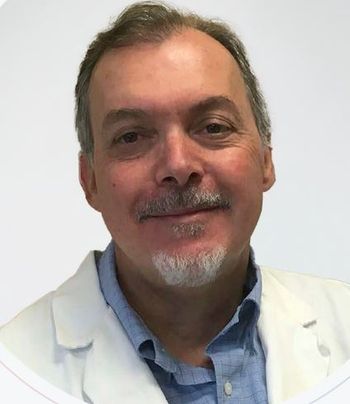
The Journal of Respiratory Diseases
- The Journal of Respiratory Diseases Vol 6 No 9
- Volume 6
- Issue 9
Clinical Citations: How safe and effective is bronchial thermoplasty in patients with asthma?
Increased attention is being given to the potential use of bronchial thermoplasty in the management of patients with asthma. This procedure uses radiofrequency ener- gy to reduce the mass of smooth muscle in the walls of conducting airways, thereby reducing the potential for smooth muscle-mediated bronchoconstriction. Is bronchial thermoplasty safe, and does it work? Yes, according to a study conducted in Canada by Cox and associates.
Increased attention is being given to the potential use of bronchial thermoplasty in the management of patients with asthma. This procedure uses radiofrequency ener- gy to reduce the mass of smooth muscle in the walls of conducting airways, thereby reducing the potential for smooth muscle-mediated bronchoconstriction. Is bronchial thermoplasty safe, and does it work? Yes, according to a study conducted in Canada by Cox and associates.
Their 2-year nonrandomized prospective study included 16 patients with mild to moderate asthma. With patients under general or local anesthesia, bronchial thermoplasty was performed over 30 minutes or less during 3 bronchoscopic sessions in 13 patients and 2 sessions in 3 patients. Measurements at baseline and 12-week follow-up included daily diary recordings of peak flow, symptoms, and medication use; spirometry; and methacholine challenge.
The adverse effects observed in this study were transient and typical of those associated with bronchoscopy. At 12 weeks, patients recorded significant improvements over baseline in symptom-free days and in morning and evening peak flow measurements.
In addition, patients had a significant reduction in airway hyperresponsiveness, which was documented by methacholine challenge testing.
At 1-year post-treatment, all patients reported satisfaction and indicated they would undergo the procedure again if required. CT scans reviewed at baseline and 1- and 2-year post-treatment follow-up showed no clinically significant findings, such as bronchiectasis, bronchial wall thickening, or parenchymal changes.
Articles in this issue
over 19 years ago
A practical evidence-based approach to rhinosinusitisover 19 years ago
Clinical Consultation: Smoking and rheumatoid arthritisNewsletter
Enhance your clinical practice with the Patient Care newsletter, offering the latest evidence-based guidelines, diagnostic insights, and treatment strategies for primary care physicians.


















































































































































































































































































